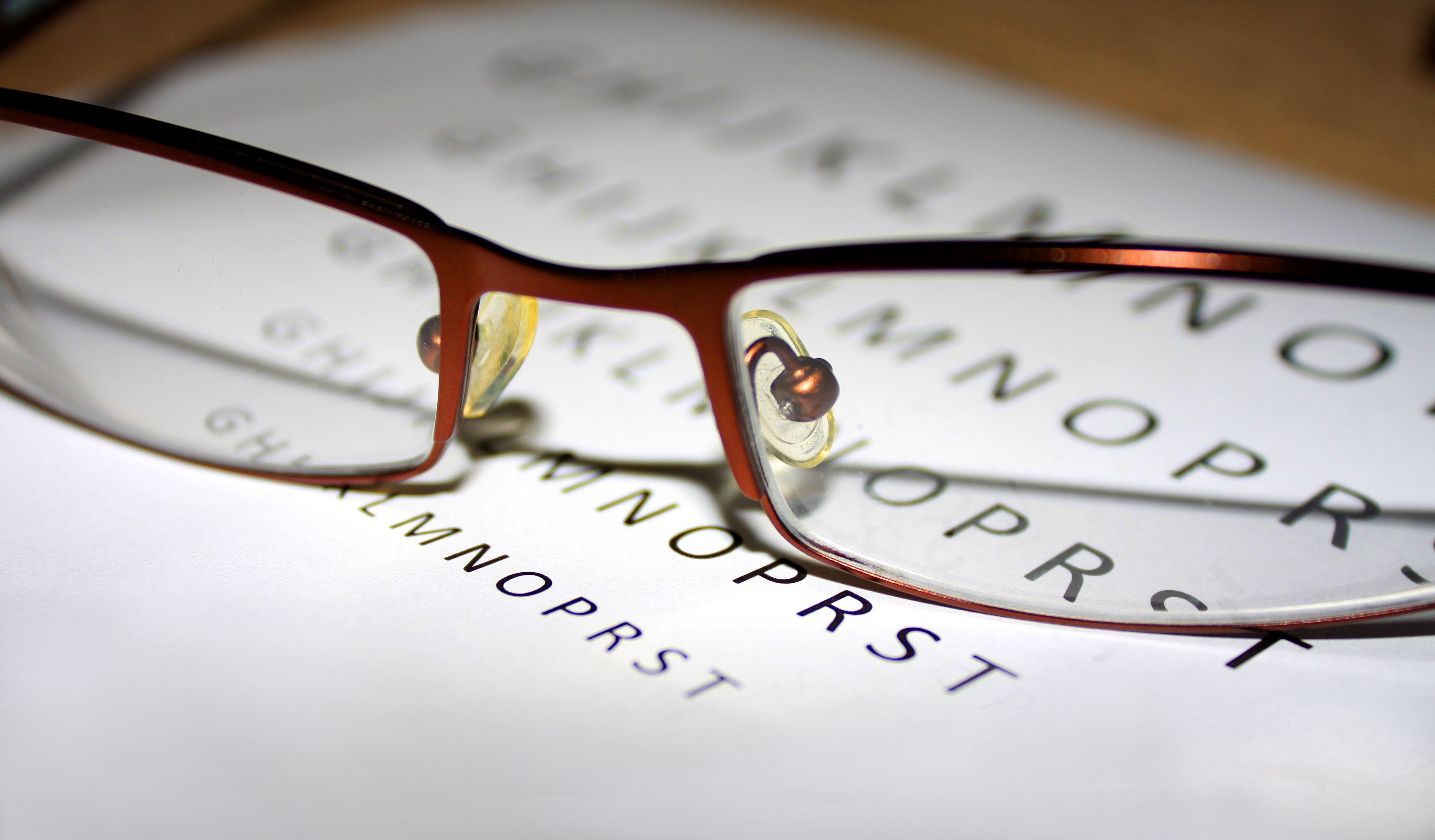Video
Comprehensive Eye Evaluation and Other Tests to Detect DR
Robert Wong, MD, emphasizes the relevance of comprehensive eye evaluation and other tests to be considered when detecting diabetic retinopathy.
Transcript
Robert Wong, MD: Comprehensive eye examination involves an undilated examination and a dilated eye examination. First, we check the visual acuity, and then we check the intraocular pressures. We use a slit lamp to look for any problems in the front of the eye, namely the eyelids, cornea, and sclera. We also look at the lens to see if there are any changes prior to dilation. We then dilate the eyes and look at the back of the eye. The back of the eye is called the retina, and through that, we look through the vitreous looking for any problems in the optic nerve, the retina, retinal vessels, and the retina periphery.
For diabetic patients, we want to pay particular attention to any complications that may result from diabetes, called diabetic retinopathy. Diabetic retinopathy may present with small outpouchings of the blood vessels called microaneurysms. We also look for retinal hemorrhages, and we look for the caliber of the retinal vessels, both the arteries and the veins. We also pay particular attention to the center of the retina to look for macular edema, which may be a cause of vision loss. Furthermore, we look for evidence of ischemia. Evidence of ischemia may present as cotton wool spots, which are microinfarcts in the retina.
We also look for abnormal new blood vessels called neovascularization. Neovascularization may present at the optic nerve, or it may present itself in the retina. It could also be seen as a vitreous hemorrhage. In front of the eye, we look for new blood vessels that may be growing on the iris called rubeosis, and if we see rubeosis, then we pay particular attention to the angle structures of the eye. We may do gonioscopy which is to look in the angle to look for blood vessels that may be blocking the plumbing system of the eye. Lastly, we make sure the patient doesn’t have any scar tissue formation, which may be an advanced form of diabetic retinopathy, which can lead to retinal detachments.
As part of the comprehensive eye examination, dilating the pupil of a patient with diabetes is extraordinarily important because patients with diabetes may present with retinal hemorrhages that are not seen in undilated examination. To get a complete view of the retina, dilation is required. There are some patients who only present with predominantly peripheral lesions in diabetes, so it would be important to not miss those.
Measuring intraocular pressure is part of the general eye examination for any patient. We want to make sure to screen for glaucoma. However, in diabetics, it’s especially important because elevated intraocular pressure could mean that a patient has developed neovascular glaucoma. Neovascular glaucoma occurs when blood vessels grow in the angle, in the trabecular meshwork. It can block the plumbing system and cause the pressure to become elevated. If that happens, it’s a vision-threatening disease and needs to be treated promptly.
There are two other diagnostic tests that I find very helpful in evaluating and managing diabetes and diabetic retinopathy. The first is called the fluorescein angiogram. For a fluorescein angiogram, we inject a dye called fluorescein into a vein, and we follow that dye as it goes into the retina. We have a special camera that takes pictures of the back of the eye. This allows me to assess for blood circulation because diabetes affects the blood circulation in the retina. We look for areas of ischemia or capillary non-perfusion, we look at blood flow, which can also help determine how progressed a patient’s diabetes is. It’s very good at looking for microaneurysms and neovascularization, as well as things like intra-retinal microvascular abnormalities. I find it particularly useful to follow patients with diabetes to see if they’re responding to care. Lastly, it also looks for diabetic macular edema. We often see leakage in the center of the retina, which may need to be treated.
I also like to rely on another test called OCT [optical coherence tomography], which is a scan that creates thin sections of the center of the retina directed at the macula. OCT is valuable for looking for subtle fluid that may be threatening the vision. We also use the OCT test to follow patients who are being treated to see if they’re responding to the treatments.





